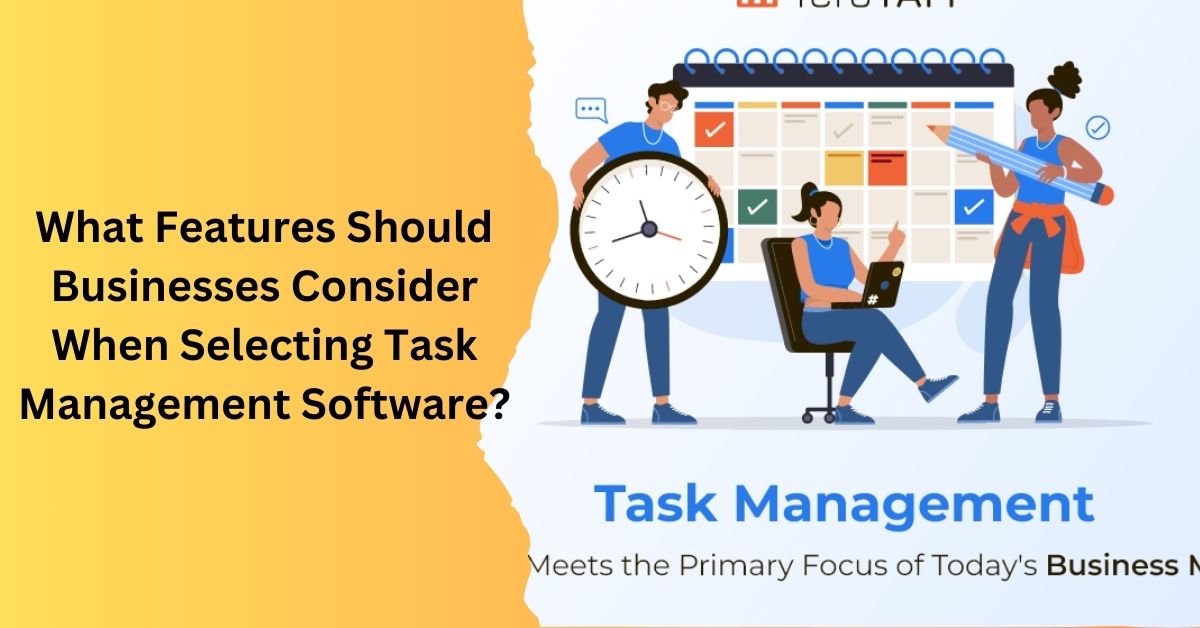In the modern business landscape, efficiency and organization are key to success. This is where task management software becomes invaluable. It helps businesses streamline their operations, keep track of assignments, and enhance productivity. But with so many options available, it can be challenging to choose the right one. This article will discuss the essential features businesses should consider when selecting work management software to ensure they get the most out of this important tool.
1. User-Friendly Interface and Ease of Use
The first thing to consider is how user-friendly the software is. A good task management tool should have an interface that’s easy to navigate, even for those who are not tech-savvy. This is important because if the software is too complicated, it can end up wasting more time than it saves. It should be intuitive, with a clear layout and easy-to-understand features. This makes it easier for employees to adopt and use the software effectively, ensuring that the team can benefit from it immediately.
2. Flexibility and Customization Options
Every business has different needs and workflows, so the work management software should be flexible and customizable. Look for software that can tailor features to suit your business’s specific requirements. This might include customizing task categories, workflows, and user roles. The ability to adjust the software as your business evolves is also crucial, ensuring that the tool remains useful as your company grows and changes. A flexible task management tool can adapt to various projects and teams, making it a valuable asset for any business.
3. Effective Collaboration Features
Task management is often about teamwork, so the software should facilitate effective collaboration. It’s important to search for functionalities that enable members of a team to interact and work together seamlessly on a shared platform. This might include chat functions, file sharing, and the ability to assign and reassign tasks easily. The software should simplify for team members to update each other on progress, share feedback, and work together efficiently. Good collaboration features can help keep everyone on the same page and ensure projects move forward smoothly.
4. Comprehensive Reporting and Analytics
It’s really helpful to have a feature that allows you to create detailed reports and analyze data. This functionality can provide valuable insights into team productivity, task completion rates, and time management. Look for software that offers customizable reporting tools to track the metrics that matter most to your business. Examining this data can help you identify areas for improvement, make informed decisions, and streamline your business processes. Good reporting tools can turn task management data into actionable insights that drive business growth.
5. Integration with Other Tools and Platforms
Finally, consider how well the work management software integrates with your business’s other tools and platforms. Seamless integration with email, calendars, file storage, and other productivity tools can greatly enhance efficiency. It allows for a more streamlined workflow and reduces the need to switch between different applications. This integration saves time and reduces the risk of errors, making it an important feature for any task management tool.
Verint states, “Task Management enables your store teams to seamlessly manage their tasks on the go through our cloud-based and highly intuitive interface that is accessible on any desktop, tablet and smartphone device.”
When selecting work management software, it’s important to consider these key features: a user-friendly interface, flexibility and customization options, effective collaboration features, comprehensive reporting and analytics, and integration with other tools. The right work management software can significantly affect how efficiently and effectively a business operates. By focusing on these features, businesses can choose a tool that not only meets their current needs but also supports their growth and success in the long run.




















